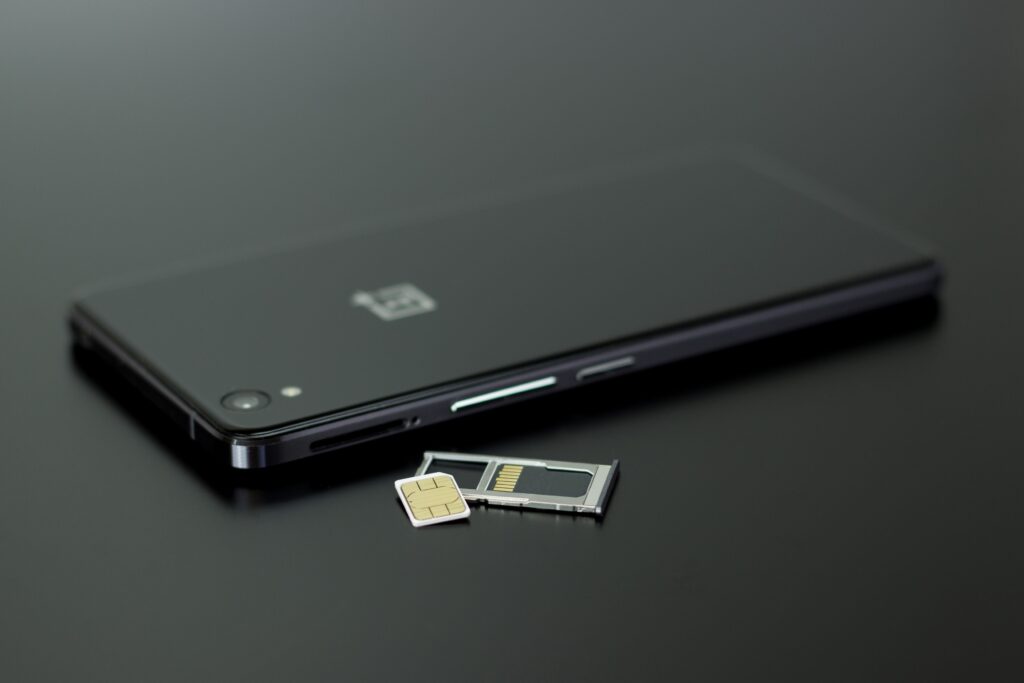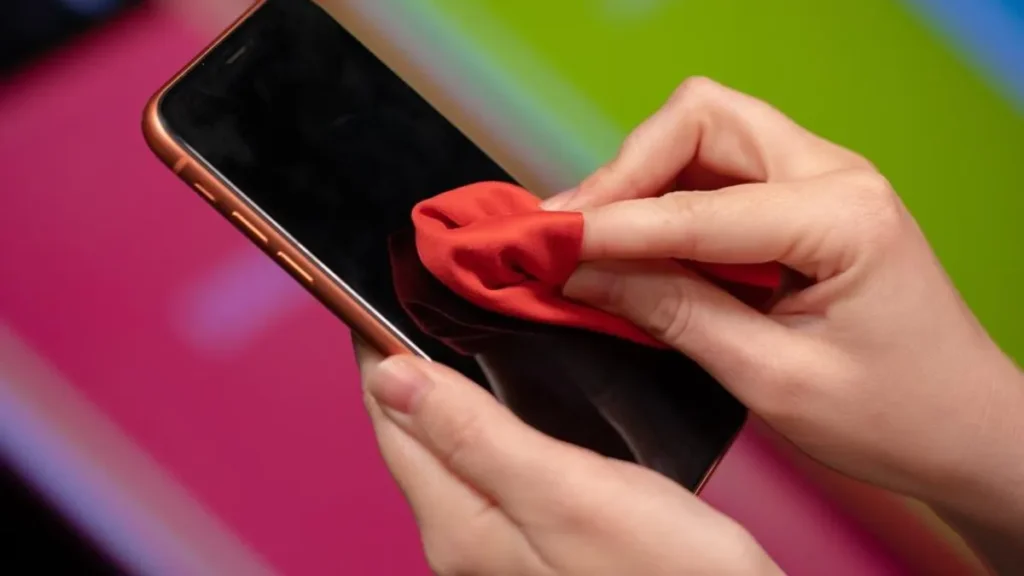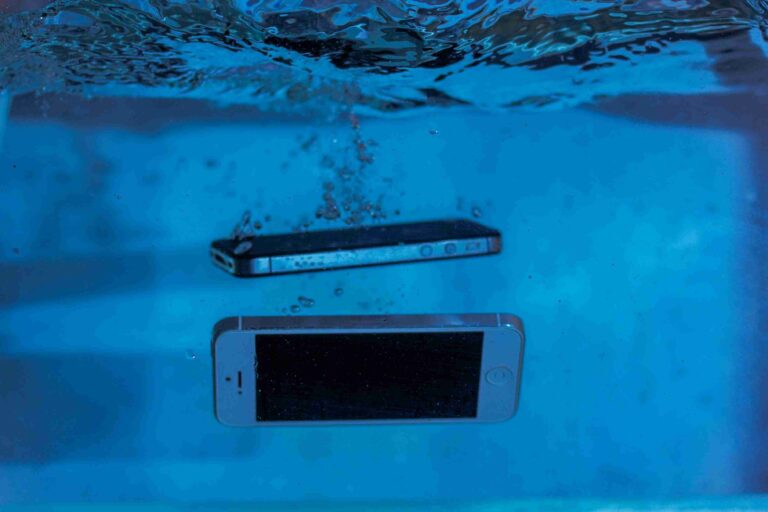Dropping your phone in water can cause significant stress. If you have a Water Damaged phone, don’t panic—there are steps you can take to improve its chances of survival. Take immediate action to prevent further damage and avoid costly repairs. Follow this guide to manage a water-damaged phone. It will help you save it.
1. Turn Off Your Phone Immediately
If your phone falls in water, act fast. Remove it and turn it off. This prevents short circuits and further internal damage. If the phone is still on, press and hold the power button to turn it off. Avoid pressing any other buttons, as this can push water deeper into the device.

2. Remove and Dry External Components
Take out all removable parts like the SIM card, SD card, and any case or accessories. Use a clean, soft cloth or paper towel to dry these parts with care. This stops water from spreading inside your phone. It also protects the components from damage. If possible, remove the battery (if your phone allows it) to reduce the risk of internal damage.

3. Wipe Down the Phone
Use a soft cloth or paper towel to wipe down your water-damaged phone until it is completely clean. Focus on the ports, buttons, and crevices where water may have accumulated. A cotton swab can be useful for reaching small areas. Avoid using heat sources like hairdryers, as excessive heat can damage internal components.

4. Use a Vacuum Cleaner to Extract Moisture
To remove remaining moisture, use a vacuum cleaner with a hose attachment. Hold the hose close to the phone’s ports and crevices but avoid direct contact. This method helps draw out any water trapped inside. Be gentle. A high-power vacuum could cause more damage.
5. Wait 24-48 Hours Before Turning It On
Place your water-damaged phone in a dry, well-ventilated area and let it sit for 24 to 48 hours. This waiting period allows any residual moisture to evaporate. To absorb more moisture, put the phone in a container with uncooked rice or silica gel packets. But, avoid rice if you’re concerned about dust particles entering the phone.
6. Consult a Professional if Necessary
If your phone won’t turn on or has issues after these steps, consult a pro. Visit a reputable phone repair service or authorized service center. Professionals can provide a thorough inspection and recommend necessary repairs. They have the tools and expertise to handle water damage with greater efficiency.
Conclusion
A water-damaged phone is tough to fix. But, quick, correct action can reduce damage and improve repair chances. These steps can prepare your phone for a test. But, the damage will determine the repair outcome. For more device maintenance tips, check our blog: Fix My Speakers – Eject Water & Dust from Your Phone Speaker.
